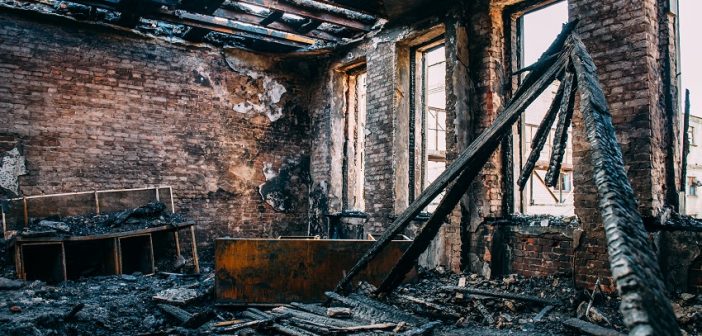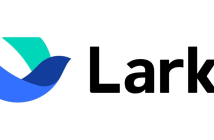House fires aren’t all the same, but they are almost all expensive. The worst blazes can be devastating and destroy your home, but even a small kitchen fire can cause extensive smoke damage and come with costly repairs. That’s why you have house fire insurance coverage.
You can make a claim with your insurer to recover some of the costs of getting your life back to normal. But it helps to know ahead of time what expenses are included in fire insurance coverage. Understanding your home insurance policy will help you determine whether or not you have sufficient coverage.
Structure or Dwelling Coverage
A fire can leave extensive damage to your home. Not only will the fire itself cause damage, but smoke and soot can easily affect parts of the home not affected directly by flames, while water damage from efforts to douse the flames may also be present.
Dwelling coverage is not based on the value of your home but the cost of rebuilding it. Local costs for building materials and labor determine how much Dwelling coverage you should have, not listing prices.
Policies often have inflation protection built into them. Your coverage limit increases annually according to inflation. However, sometimes the prices for building materials like lumber may rise faster than general inflation. In areas that have been hit by natural disasters such as wildfire, construction costs can rise considerably due to high demand.
It doesn’t hurt to periodically review your Dwelling coverage. Do some research into building costs per square foot in your area by contacting contractors and comparing the results with your coverage.
Contents or Personal Belongings Coverage
This helps you replace belongings destroyed or damaged by the fire. It includes everything from furniture to clothes to electronics and more.
Many policies provide Contents coverage that is a percentage of your Dwelling coverage. Depending on your belongings, this may not be enough, but you can adjust your coverage upward. You should also be mindful of a few other factors that could leave you underinsured for personal property:
- Valuables such as jewelry, art, precious metal and stones, and luxury items may have their own separate limits, and you will have to take out additional coverage to protect their full value;
- Replacement Cost coverage provides funds to buy new belongings to replace what’s been lost, while Actual Cash Value only replaces their estimated value, which takes depreciation into account;
- The insurer may want to try smoke damage restoration first, but this process can be expensive, and the funds are taken out of your Contents coverage.
Additional Living Expenses or Loss of Use Coverage
Additional Living Expenses are the costs incurred by living elsewhere while your home is repaired. This includes short and long-term rental costs, storage costs for replaced contents, transportation costs above your usual expenditure, and even food costs beyond your usual budget.
If you find yourself unable to keep up with the costs you face after a fire, you can request an advance from your insurer to help pay for immediate expenses. That advance will simply be taken out of your final settlement.
Accidents happen. Make sure your insurance policy is up to do date and that your expenses will be covered, just in case.





I really like reading through a post that can make people think. Also, many thanks for permitting me to comment! run 3